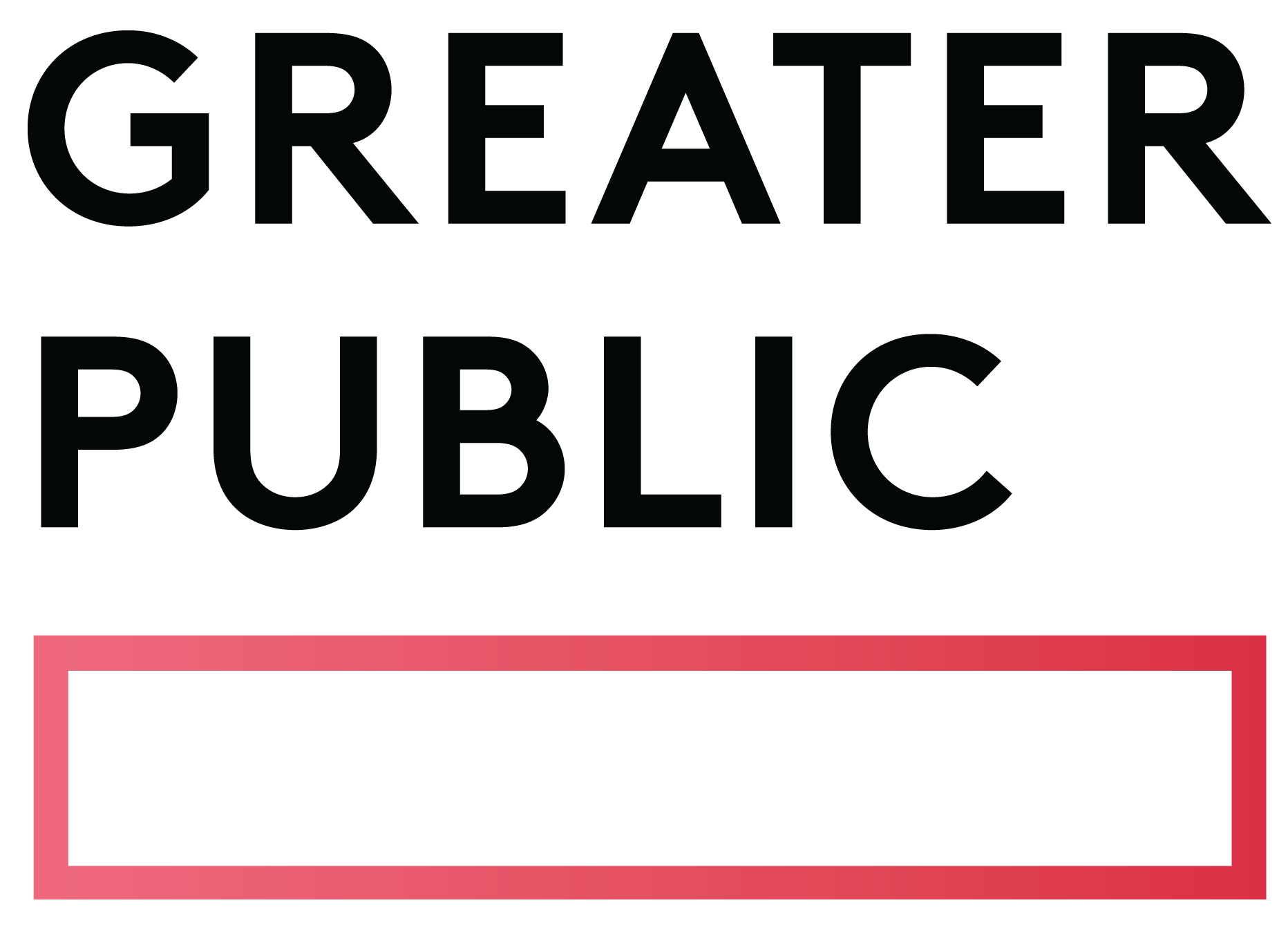Related Articles
Subscribe to the Greater Public newsletter to stay updated.
This site is protected by reCAPTCHA and the Google Privacy Policy and Terms of Service apply.

As fundraisers seek to make up gaps left by the loss of federal funding, mid-level giving presents an opportunity to increase overall revenue now, and discover the potential new major and planned giving prospects of the future.
Finding the right balance of attention and resources directed to membership, mid-level, and major gifts, and the best strategies for each program, is achieved by testing and refining at your station. There is no magic formula – these decisions must be made as a team and should be rooted in your own data.
I spoke with two mid-level gift officers who shared their stations’ efforts to build stronger mid-level giving pipelines through testing.
Laura Cohen, Director of Mid-Level Giving at New York Public Radio, described the evolution the organization has undergone in the last several years as they’ve built out their “member interception” strategy to grow their Patrons mid-level giving program.
These tests have led to a more robust mid-level giving pipeline, and NYPR has also been testing strategies to continue that movement up to major giving.
That interception began with membership direct mail. The mid-level team identified a segment of strong prospects based on data from a wealth screening tool. This segment received four upgrade letters encouraging them to become Patrons, and four of the standard renewal letters if they did not upgrade.
In order to truly test this effort, the team implemented a process where 80% of the prospects identified would receive the upgrade effort, and 20% would receive the standard renewal effort to serve as a control.
This test was a success in that they did see an increase in the number of upgrades, but refinement was needed because there was too great of an adverse effect on membership’s direct mail revenue.
In the refined test the following year, the team reduced the number of upgrade letters to two, with the second including a hybrid ask string that started below mid-level, but was still higher than members had previously been giving.
“We were thinking… even if we can’t secure an upgrade [to mid-level], maybe we can maintain a good response level and increase average gift a little bit. We ended up doing that pretty successfully in the second year,” Cohen said.
Now in the third year of this strategy, the team has been able to refine even further by taking a closer look at their data and doing even more testing.
Instead of focusing on wealth screening criteria, they turned to their own data on members’ giving history to identify prospects for upgrade – and saw the highest conversion rates of any other group they tested.
“While [wealth screening tools] can be incredibly helpful, sometimes the information you need for your best prospects is right there in your CRM, just seeing who’s giving more and more year-over-year,” Cohen said.
At the center of their team’s success has been their commitment to collaboration and constant communication.
“I think we are where we are because we’ve been able to foster really great, collaborative working relationships across membership, mid, and major, where we now have these bridges that maybe didn’t exist in the past. These programs used to kind of exist in silos,” Cohen said.
Creating space for strategic conversations was essential.
“By having that constant communication, you can start to really get to the strategies and tactics of what’s going to work across all of our programs,” Cohen said.
Mai Jakubowski, Individual Giving Manager at Minnesota Public Radio, described their team’s focus on leaning into their community and finding ways to “break the fourth wall” and speak directly to donors about the station’s needs.
After spending the last couple of years defining and refining the mid-level giving program, each mid-level gift officer now has a portfolio of 400 – 600 households. According to Jakubowski, the team has focused their efforts on qualification in order to build mature portfolios.
Jakubowski described the challenges of building authentic relationships with 600 donors, and shared some of the ways their team has sought to engage mid-level donors.
The team has been testing and refining the “sweet spot” for mid-level giving while building out a healthy donor pipeline, and defining roles for giving officers while keeping relationship-building at the core.
One tactic was to send personalized emails to mid-level donors asking them to record a testimonial, creating touchpoints that led to many strong qualification conversations with donors.
Another approach for MPR has been letting donors take the lead on planning events. Recently, mid-level donors offered to host a backyard concert for the station; the host couple invited their personal network and took care of most of the planning, and MPR added to the guest list with a few of their most engaged donors. The program included a couple of coordinated asks, and gift officers were present to make intentional connections with the attendees.
Not only was the event a great community space where folks felt connected to each other, the local music scene, and the station – it led to identifying and qualifying prospects who otherwise might not have come to the team’s attention as mid-level giving prospects.
“Really leveraging that network to have a space for us, the fundraisers, to come in and be able to guide the conversation and talk about our needs, the future, and how their giving fits into that, I think is really the secret sauce,” Jakubowski said.
Jakubowski said their team is looking forward to doing more testing and refining with low-lift, high-engagement events that build connections with members, and provide space for conversations.
One key to their success in building a mature mid-level giving pipeline has been their outreach and documentation processes.
“The most important part of which is the habit of keeping good data and taking good notes. My notes are what informs my ability to do my job now. It’s hard to keep 600 people’s personal info in my brain,” Jakubowski said.
Even the most casual conversation gets documented in their CRM.
“Knowing that and trusting that that’s how I approach my work, and that’s how my team approaches our work, makes it a lot easier when we’re pulling reports. We don’t have to do as much double-checking or verification,” Jakubowski said.
The process of qualifying a large number of mid-level giving prospects can be long and arduous, but Jakubowski encourages fundraisers to remain committed.
“Sometimes that work doesn’t feel important, to call and get voicemail after voicemail, but that work is more important than anything. Relationship building is the key. That is how you’re going to get the most revenue to get through this kind of time, is to just be real with your donors,” Jakubowski said.
No matter what stage of development your station’s mid-level program is in, now is the time to test new strategies. Whether it is a data-informed approach or donor-led experiments, it’s important to try something, to build stronger connections and create spaces for donors to show up for us when we need them most.

View these related member resources and more with a Greater Public membership:
This site is protected by reCAPTCHA and the Google Privacy Policy and Terms of Service apply.
New to Greater Public? Create an account.
